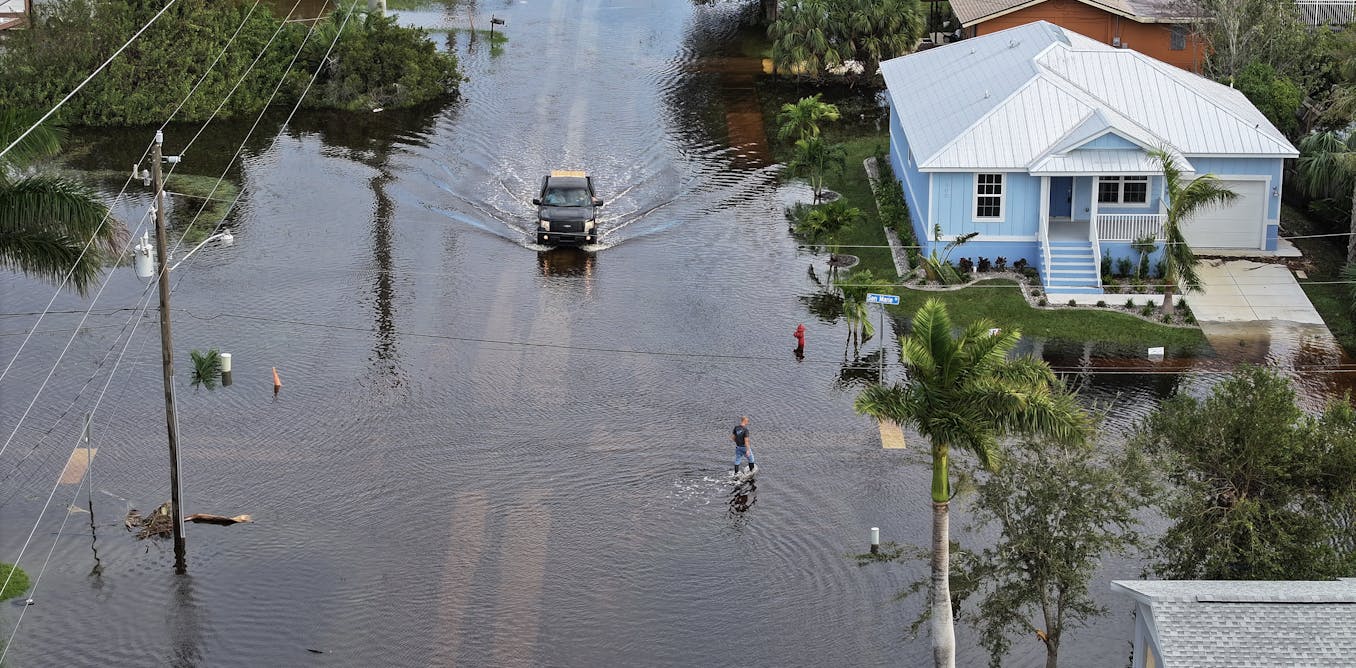Increasingly, vehicles with advanced driver assistance systems are looking not only at the road but also at the driver. And for good reason. These systems can, paradoxically, make driving less safe as drivers engage in more risky behaviors behind the wheel under the mistaken belief that electronic equipment will compensate for lack of caution.
Attempting to ward off such misuse, automakers have for years used camera-based systems to monitor the driver’s eye movement, posture, breathing, and hand placement for signs of inattention. Those metrics are compared with baseline data gathered during trips with drivers who were fully alert and focused on the road. The point is to make sure that drivers appear alert and ready to take control of the driving task if the suite of electronic sensors and actuators gets overwhelmed or misjudges a situation.
Now, several companies targeting commercial vehicle fleet operators, especially long-haul trucking companies, are introducing AI-enabled dashcam technology that takes driver monitoring a step further. These new dash cams use machine learning to pick up on the subtle behavioral cues that are signs of drowsiness. “Long-haul truckers are particularly at risk of driving drowsy because they often work long hours and drive lengthy routes,” says Evan Welbourne, Vice president for AI and Data at Samsara, which recently introduced its drowsiness detection solution.
The driver monitoring tech developed by Samsara and Motive, both based in and San Francisco, and Nauto, headquartered in nearby Sunnyvale, Calif., deliver real-time audio alerts to a drowsy driver, giving them a prompt to take a break to reduce the risk of a fatigue-related accident. All are configured so that if a dash cam detects that a driver continues to operate the vehicle while displaying signs of drowsiness after the in-cab alert, it can directly contact fleet managers so they can coach the driver and reinforce safety measures.
Each of the systems is trained to pick up on different combinations of signs that a driver is drowsy. For example, Motive’s AI, introduced in July 2024, tracks yawning and head movement. “Excessive” yawning and head posture indicating that the driver’s has taken their gaze away from the roadway for five seconds triggers an alert.
Nauto’s drowsiness detection feature, introduced in November 2021, tracks an individual driver’s behavior over time, tracking yawning and other indicators such as blink duration and frequency and changes in the driver’s overall body posture. Nauto’s AI is trained so that when these signs of drowsiness accumulate to a level associated with unacceptable risk, it issues an alert to the driver.
Samsara’s driver monitoring tech triggers an audio alert to the driver when it detects a combination of more than a dozen drowsiness symptoms, including prolonged eye closure, head nodding, yawning, rubbing eyes, and slouching, which are telltale signs that the driver is dozing off.
Improving…
Read full article: AI-Enabled Dash Cams Give Wake-Up Calls to Drowsy Drivers

The post “AI-Enabled Dash Cams Give Wake-Up Calls to Drowsy Drivers” by Willie D. Jones was published on 11/26/2024 by spectrum.ieee.org






































Leave a Reply